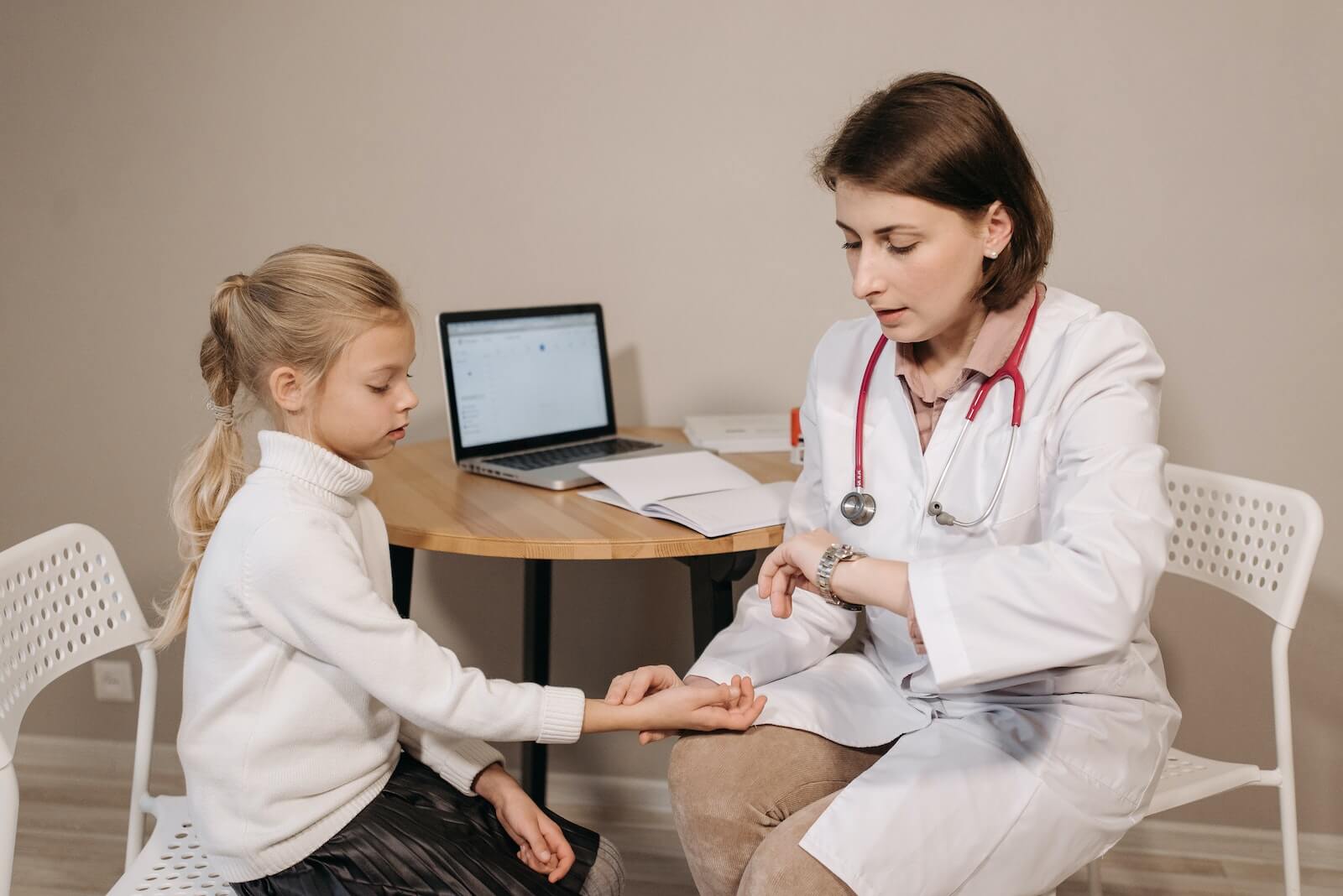NOTTINGHAM, United Kingdom — Only one in three adults feels confident they can recognize tell-tale cancer symptoms in children and teenagers, a new study reveals.
The findings reveal that, in the United Kingdom, the general public’s awareness of the symptoms of childhood cancer is “much lower” compared to those of adult cancer.
Despite these “significant gaps” in awareness, childhood cancer is the primary cause of death in children over the age of 12 months and is also a significant source of acquired disabilities. Approximately 3,750 new cancer cases are diagnosed annually in children and young adults under 24 in the United Kingdom alone, with survival rates reportedly trailing those of the rest of Europe.
“Perceived rarity of cancer in children is a key barrier to early diagnosis,” says the study’s co-author, Dr. Shaarna Shanmugavadivelia from the University of Nottingham School of Medicine, in a media release.
In a survey involving 1,000 adults, participants were asked about their perceived risk, confidence in identifying cancer signs and symptoms, and which symptoms they believed warranted a doctor’s consultation. Only 32 percent of the respondents had children under 16. While 56 percent perceived the risk to be higher than anticipated, a staggering 68 percent were not confident in spotting the signs and symptoms of childhood cancer. Parents were more likely to express this uncertainty than non-parents.

The survey reveals that the majority believed seizures, blood in urine or stool, and continuous vomiting required medical assessment within 48 hours. However, on average, participants could only identify 11 out of the 42 standard signs and symptoms. The least recognized symptoms included early or late puberty (10%), developmental delays in infants (11%), and slow growth (13%).
Shockingly, nearly half (43%) would either wait three months or avoid seeking medical advice altogether for symptoms like a persistent sore throat, hoarseness, or a slow recovery from a bone or joint injury.
Symptoms most commonly recognized by participants included lumps or swellings in the pelvis, testicle, or breast (46%), blood in urine or stool (44%), mole changes (43%), lumps or swellings in the chest wall or armpits (41%), and weight loss (40%).
The research team acknowledges that some survey participants might have provided “socially desirable” answers instead of their genuine thoughts. Additionally, young people, especially those between 16 and 18, were underrepresented in the survey.
“While the number of cases may be small compared with adult cancers, the cumulative risk from birth to early adulthood is comparable to that of other childhood illnesses,” Dr. Shanmugavadivelia emphasizes. “This needs to be communicated with the public, as parents usually associate common symptoms with common childhood ailments, but not cancer.”
The study is published in the journal Archives of Disease in Childhood.
You might also be interested in:
- Is makeup making kids sick? Most U.S. children exposed to cancer-causing chemicals in cosmetics
- Common antidepressant may also treat childhood cancer
- Millions Of Americans Exposed To Cancer-Causing Chemicals In Contaminated Drinking Water, Study Reveals
South West News Service writer Stephen Beech contributed to this report.

